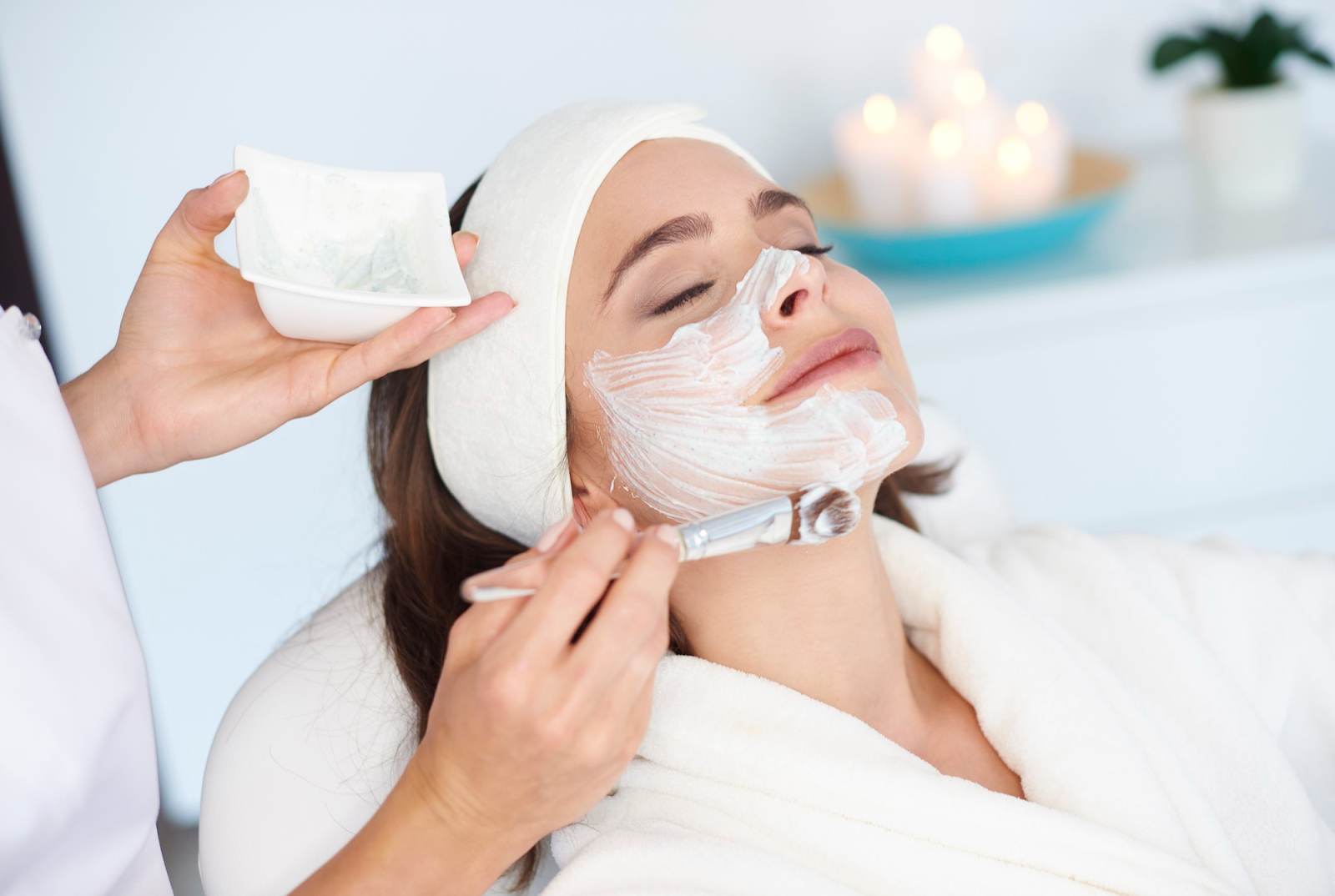In the ever-evolving world of skincare, one thing remains constant: the power of professional skincare facials to transform the complexion. While many of us have experienced the immediate glow and rejuvenation that follows a facial, have you ever wondered what’s really happening beneath the surface? In this comprehensive guide, we’ll dive into the science behind skincare facials and explore how these specialized treatments work to improve the health and appearance of your skin.
Understanding the Layers of Skin
To fully appreciate the benefits of skincare facials, it’s important to understand the basic structure of the skin. The skin is composed of three primary layers: the epidermis, the dermis, and the hypodermis. Each layer plays a crucial role in the overall health and function of the skin.
The epidermis is the outermost layer, responsible for providing a protective barrier against environmental stressors and harmful agents. The dermis, located beneath the epidermis, is where the majority of the skin’s essential structures and functions reside, including blood vessels, nerve endings, and collagen-producing fibroblasts. Finally, the hypodermis, the deepest layer, is primarily composed of fat cells that provide insulation and cushioning.
The Role of Skincare Facials in Skin Health
As we know, skincare facials are designed to target specific concerns and address the unique needs of each individual’s skin. By incorporating a variety of techniques and active ingredients, these treatments work to improve the overall health and appearance of the skin.
Cleansing and Exfoliation
One of the fundamental steps in a skincare facial is cleansing and exfoliation. This process helps to remove dirt, oil, and dead skin cells from the surface of the epidermis, allowing for better absorption of subsequent products and treatments. By improving the skin’s natural exfoliation process, facials can help to reveal a brighter, more radiant complexion.
Nourishment and Hydration
Skincare facials often include the application of serums, masks, and moisturizers that are specifically formulated to nourish and hydrate the skin. These products are designed to deliver targeted ingredients, such as vitamins, antioxidants, and hyaluronic acid, deep into the skin’s layers, where they can work to improve cellular function and enhance the skin’s natural moisture levels.
Stimulation and Circulation
Many skincare facials incorporate techniques that stimulate the skin and improve circulation. This can include massage, steam treatments, and the use of tools like microcurrent or LED light therapy. By increasing blood flow and oxygen delivery to the skin, these methods can help boost collagen production, reduce inflammation, and improve the overall health and appearance of the complexion.
Addressing Specific Skin Concerns
Depending on your individual skin type and concerns, skincare facials can be tailored to address a wide range of issues. For example, facials that focus on deep cleansing and extraction can be beneficial for those with acne-prone skin, while facials that incorporate hydrating and brightening ingredients can be ideal for those with dull, dehydrated complexions.
Conclusion
Skincare facials are not just a luxurious pampering experience; they are a scientifically-backed way to improve the overall health and appearance of your skin. By understanding the layers of the skin and the targeted benefits of these specialized treatments, you can make informed choices about incorporating regular facials into your skincare routine. So, the next time you indulge in a skincare facial, know that you’re not just treating yourself to a relaxing moment; you’re investing in the long-term health and radiance of your complexion.

